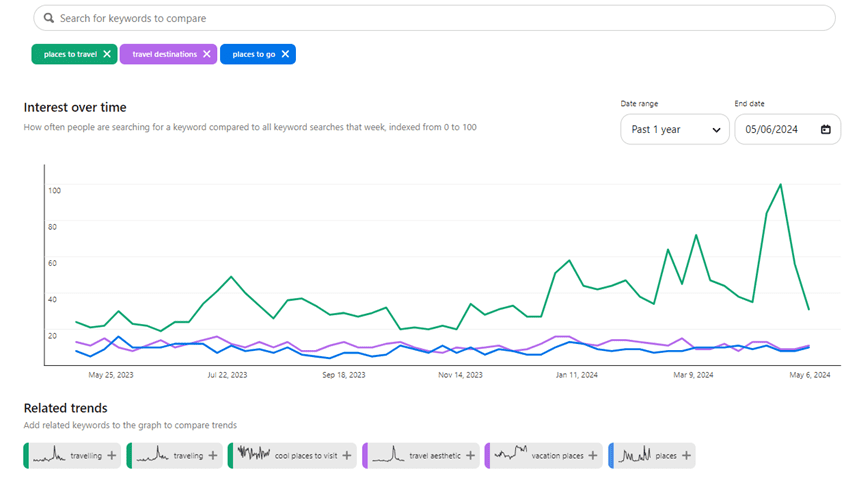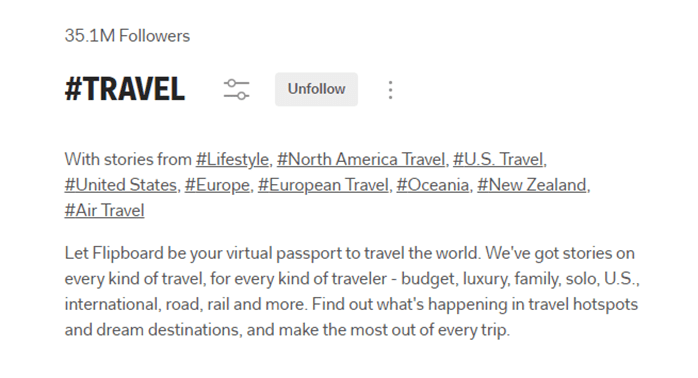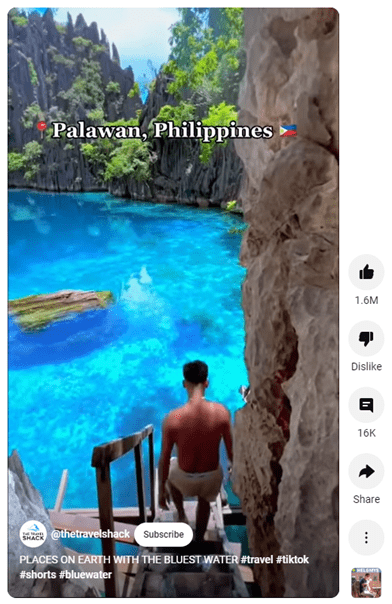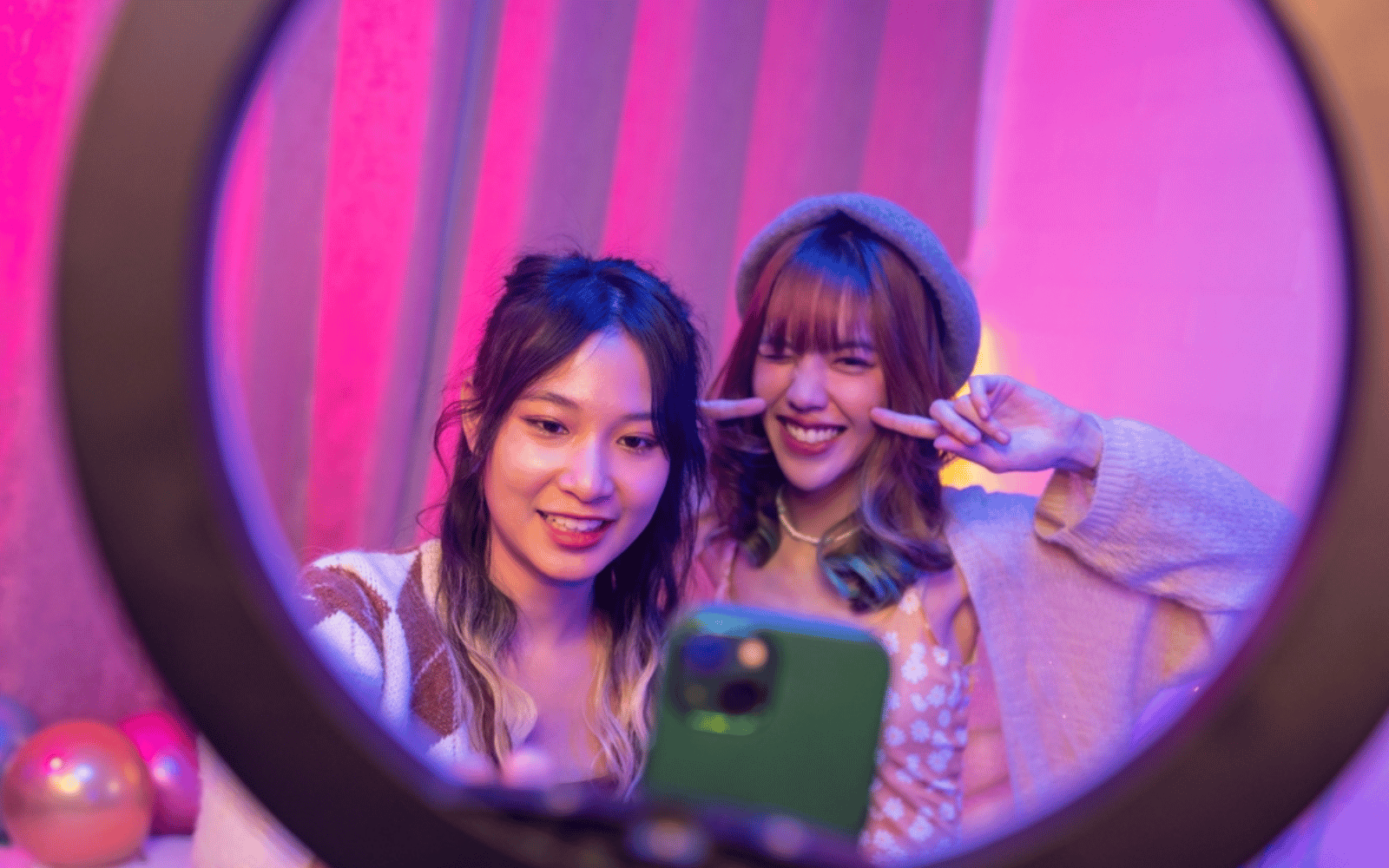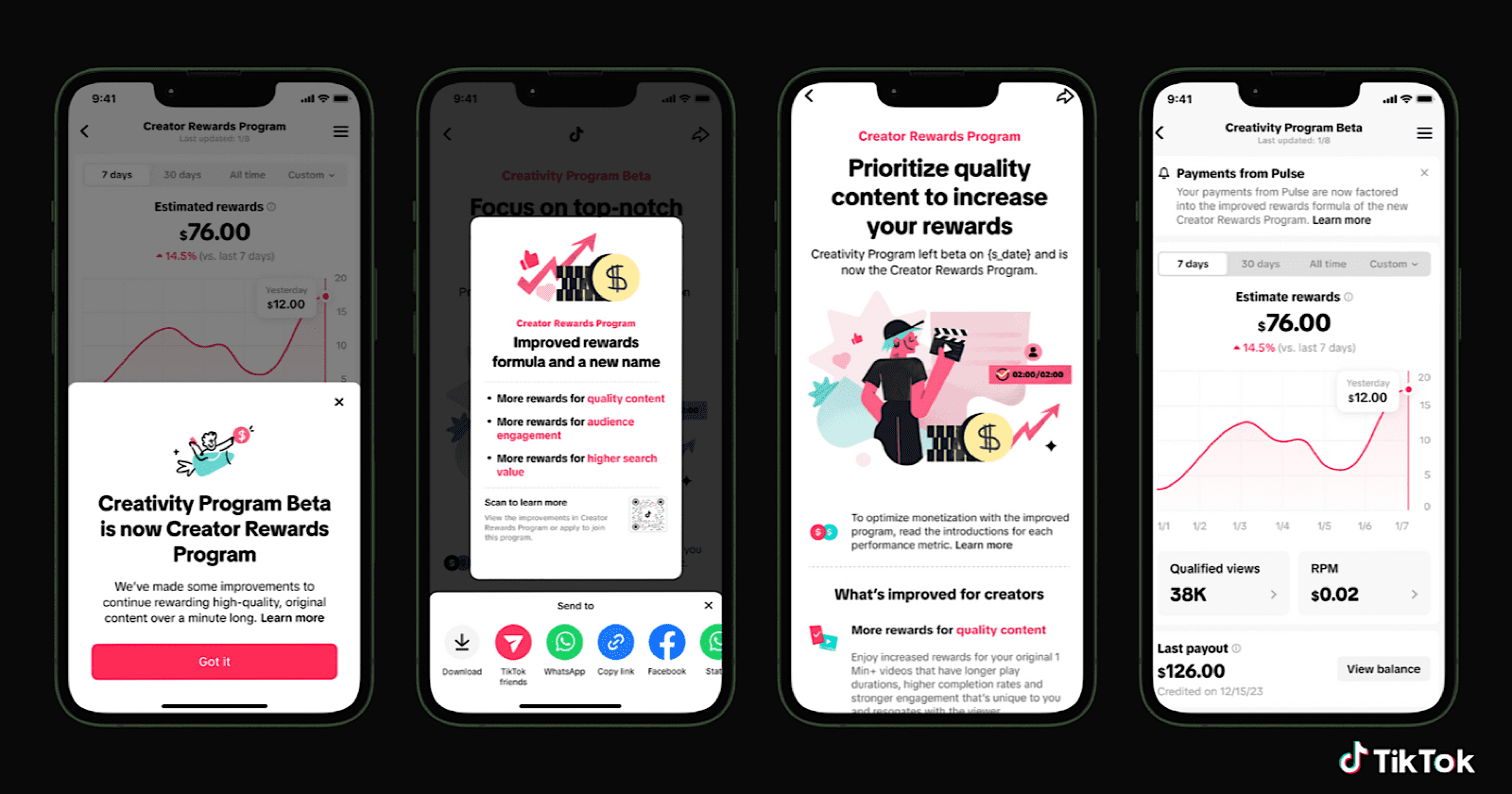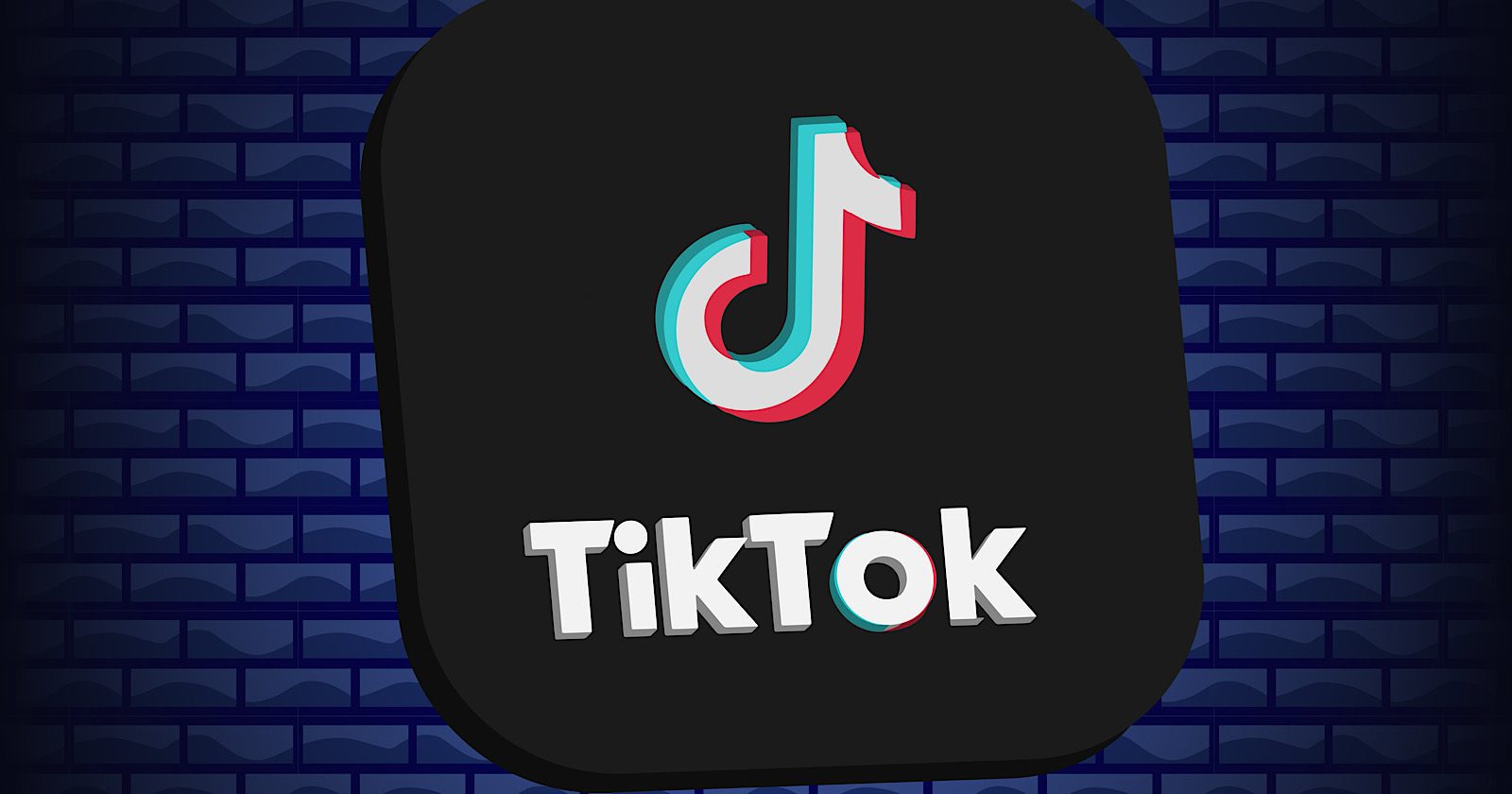TikTok Trends 2025: The Most Important Trends To Watch via @sejournal, @theshelleywalsh

TikTok trends move so quickly that it’s not easy to keep pace, as memes can appear and disappear within days.
For anyone working in social media or content marketing, keeping up to date is important to leverage relevant trends and inspire new content.
From observation, TikTok is becoming the starting point for many trends and memes that then influence other channels.
So, even if you are not on the video platform, you should still be monitoring what is happening on TikTok to stay informed of general trends and memes that can filter down through other channels and forms of content.
We’ll be looking at the macro trends we’ve seen swaying TikTok over the start of 2025, as well as some specific examples you can start to use.
As always, if you’re going to get involved with a trend or meme, your approach needs to feel authentic to both the format and your brand.
10 TikTok Trends For 2025
Here are some of the most popular recent trends, from the relatable to the absurd. While many work best for solo creators or social media managers, others will translate to brands for creative social media ideas.
1. Roasting Colleagues
Who doesn’t love an opportunity to roast a colleague or a co-creator?
The premise of the #SuspectChallenge is simple: The “suspect” attempts to escape on foot while the cameraperson runs alongside, verbally identifying them in the style of a police broadcast.
But instead of stating an objective characteristic (like “the suspect is a brunette woman”), the cameraperson calls out the “suspect” for something embarrassing.
@aldiuk We can confirm no clubcards were owned by suspects in the making of this video 🫣 🛒 #SuspectChallenge #Suspect #Viral #AldiUK
In the second take, the tables turn as the cameraperson becomes the “suspect.” The two go back and forth, roasting each other over the course of several takes. It’s a great way to poke fun at a colleague or co-creator while helping followers get to know the people behind your brand a bit better, as Aldi does above.
@liverpoolfcw “Yeah I do, liar” 🤣 @liv @Mia enderby #suspectchallenge #suspect #LFC #LiverpoolFC #Liverpool
It works particularly well for brands with numerous personalities, such as sports teams. And the trend can be even more engaging when the roast turns into an exchange of compliments, as in the Liverpool FC Women video above.
2. Revealing A New POV
One of the easiest trends to film, the “Oops, I Flipped the Camera” meme uses just two clips.
The first is a generic shot with a text overlay detailing a hot take. Bonus points if the background video has any connection at all to the hot take, but that isn’t necessary.
After a few seconds, the camera “accidentally” flips, exposing the person who’s sharing their POV. Inevitably, it’s someone with a clear agenda – so they act flustered.
To heighten the drama, a sad violin song plays in the background. However, there’s nothing sad about the content. Instead, it’s all about getting a laugh.
Here, Sony Pictures UK shares a rave review for the star of Kraven the Hunter – delivered by none other than the star himself, Aaron Taylor-Johnson.
@sonypictures.uk oops. #KravenTheHunter #AaronTaylorJohnson #London #trend #cameraflip #oops #movie #filmtok
The POV doesn’t have to come from a person. Here, Mercedes-Benz encourages everyone to purchase a Mercedes-AMG in order to live a happy life. When the camera flips, it’s clear that the POV came from a vehicle.
@mercedesbenz we swear, this is totally unbiased… #MercedesBenz #MercedesAMG
3. Yapping
Have a lot to say? You aren’t alone. #Yapping trended on TikTok throughout 2024, turning the term from a somewhat derogatory word to a celebration of long-winded (and sometimes one-sided) conversations.
The “Here’s My Thing” trend riffs on this concept and borrows from the Best of Both Worlds podcast, which focused an entire episode on debating the merits of pasta. After saying, “Because here’s my thing, I’m so sorry,” one of the podcast hosts launches into a lengthy opinion about the right pasta shape to use with vodka sauce.
Brands like President’s Choice hop on the trend by lip-synching along to the audio and showcasing several pasta shapes in the brand’s product line.
@preschoice Hear us out, please! 🍝
But here’s the thing about this trend. The content doesn’t have to touch on pasta at all. The audio works for almost any topic, as long as it focuses on a love for yapping.
For example, edtech brand Formee Express uses the trend to poke fun at two best friends being unable to study because they can’t stop talking.
@formee_express my mind thinks of the most random things #student #uni #universitymeme #studentmemes #studytok #study #unimeme #collegehumor #unilifestyle #university #unilife
And Dancing with the Stars Tour uses the audio to make fun of themselves for creating content on the topics of their choice rather than answering followers’ persistent questions about tour dates and special guests.
@dwtstourofficial Don’t get us started on ravioli @Rylee Arnold #dwts #dwtstour
4. Being Cool, Calm, And Collected
If you aren’t a yapper, you might be a chill guy instead.
The “Chill Guy” meme features an animated anthropomorphic dog calmly standing in a confident pose. Think the “This Is Fine” meme but without the flames or the sense of impending doom.
Posts have a photo or video relevant to the brand with a text overlay qualifying the “chill guy” behavior. For example, Etihad jumps on the trend with “Just a chill guy announcing 10 new destinations on a random Monday.”
@etihad
It’s a fun way to make an announcement, share exciting news, or say something relatable while downplaying it as “chill guy” behavior. Consider taking it to the next level by editing the character to add branded elements, as the New Orleans Pelicans do below.
@pelicansnba Chill guy ready for City Edition ⚜️ #pelicans #nba #basketball #chillguy #nop #nola
5. Feeling (Not So) Sad
Feeling a little down? If only a specific product, service, or experience could turn your mood around.
The “I Wasn’t Sad, I Just Needed …” trend explores the many different ways TikTokers make themselves happy—from small purchases to major indulgences.
Here, travel creator Travel With Kennice uses the trend to promote a trip to Tromsø, Norway. The video is packed with beautiful shots of the destination, designed to inspire followers to travel.
@travelwithkennice I just needed to book a flight to Tromsø 🇳🇴 #tromsø #norway #travel #traveltiktok #city #cityscape #sunset #traveldiaries #bucketlist #fyp #f #foru #viral_video
Brands can use the trend with a first- or second-person point of view. Either way, it’s ideal for reminding followers how happy your brand makes them – like Chipotle does with its “burrito a day” video below.
@chipotle a burrito a day ✍️
Brands can make videos shoppable, making it even easier for followers to buy what the content promotes. With TikTok Shop, you can sell products directly and use the platform as an ecommerce channel.
6. Comparing Type A Vs. Type B Friends
When you want to cause a commotion in the comments section, try a branded take on the “Type A vs Type B Friend” trend.
It contrasts Type A people (known for their organization and proactivity) with Type B people (known for their easygoing nature and ability to go with the flow).
When done well, it inspires viewers to strongly identify with one type or the other. And potentially tag the friend who fits the other stereotype.
Here, Hilton depicts the Type A friend as the person who makes her bed, keeps an organized suitcase, and carefully packs her day bag. In contrast, the video shows the Type B friend as someone who is so casual about travel that she forgot her toothbrush and had to request one from the hotel.
@hilton Are you a Type A or Type B friend? Tag your counterpart in the comments! #HiltonForTheStay
And here, RootineCo compares hanging out with a Type A friend while she goes through a lengthy pre-sleep routine as a Type B person who’s hesitant to plan ahead.
@rootine_co But we love them even more because of it 🩷 #typea #typeb #friendship #hangingout #rootine #fyp
7. Rallying Unhinged Fans
While TikTok is a short-form video platform, it’s allowed progressively longer videos over the years. Brands can now upload videos up to 10 minutes long. And in some regions, 15- and 30-minute video uploads are available.
But in some cases, short and sweet content still performs best. “Right vs. Left Pocket” is a great example of a 15-second trend that’s designed to be completely unserious yet still attract raving fans.
It’s based on a simple concept: the average person’s jeans typically have one (right) pocket for essentials like a wallet or phone, while the other (left) pocket is filled with complete chaos.
Taco Bell’s take on the trend shows a neatly organized right pocket and a left pocket filled with hundreds of packets of hot sauce.
@tacobell just a few
Oreo’s spin on the trend takes it to an absurd level, showing the pockets filled with dozens of packages of Oreos.
@oreo Just in case we get hungry 🤭 #rightvsleft #pockets #fyp #oreo
8. Foreshadowing Something Ominous
On average, TikTok users spend 58 minutes and 24 seconds on the app every day. That means brands have the potential to rack up a lot of views, as long as they can successfully capture viewers’ attention.
To keep viewers interested, experiment with different styles of storytelling. Like the #SubtleForeshadowing trend, which uses a unique editing style to intersperse flashes of the conclusion at various points in the video.
Here, Scrub Daddy hints that the protagonist—who uses an off-brand sponge—will have an encounter with an unusually large sponge. Sure enough, the protagonist gets attacked by a Scrub Daddy at the end.
@scrubdaddy Just a reminder… #scrubdaddy #smile #cleantok #cleaningtiktok #clean
Bakers Delight takes the concept a step further by foreshadowing the conclusion—a baker hunched over on the floor – without giving away the reason. The viewer has to watch until the end to learn that the baker’s carefully proofed dough has fallen to the floor, leaving it unusable.
@bakersdelight Dough! 🫠👨🍳 #breadtok #bakersdelight #bakersoftiktok #baking #bakingvideo #foryou #forshadowing #fail #cctv #trend #bakerylife #bts #dough #epicfail
9. Taking Viewers Behind The Scenes
Let’s face it: whether you work in the office or from home, a lot of day-to-day work isn’t exactly exciting. At least, it might not be exciting to you, the person doing the work.
For followers and customers, it’s a different story. When you take viewers behind the scenes, you give them a glimpse of a world they don’t typically get to experience.
While behind-the-scenes content is hardly new on TikTok, styles and formats have evolved. Instead of unfiltered footage, some of the most popular behind-the-scenes videos are heavily edited content that shows business owners completing tasks like packing up orders.
@lovewisd Let’s packaging All Purple Order 🎉Dear Natalie bought purple tumbler set and purple journal kit. Thank you soso much💜hoping you will like them💜#asmr #orderpacking #orderpackingasmr #order #packingorders #packagingorders #packwithme #packaging #packanorderwithme #packingasmr #ordernow #packageopening #canada #usa #europe #uk #tumbler #stanley #stanleycup #stanleytumbler #cup #journalkit #stationery #journal #notebook #planneraddict #plannercommunity #plannertok #schoolsupplies #stationeryaddict #stationeryshop #stationeryhaul #tumblerset #accessories #stanleydecorations #purple #newyork #america #asmr #foryou #fyp
Many “pack an order with me” videos are highly aesthetic and include ASMR elements that make them especially pleasant to watch. As a result, they do an excellent job of selling the brand experience – which can have the added effect of driving sales and cultivating loyalty.
@xxl.scrunchie OUR BIGGEST SINGLE ORDER EVER. 😱 Pack a 1645 item order with me for Gia, @Silky Gem Crystal Candy ✨🥹📦 Thank you SO much! Wait til you see the struggle when we figure out how to ship it all 🥲 #asmrpackaging #packageanorderwithme #smallbusinesspackaging #packagingasmr #packingordersasmr
This format can also serve as social proof, which can turn casual viewers into paying customers. Above, XXL Scrunchie invites followers to pack more than 1,000 items, the company’s largest order yet.
10. Asking Employees For Their Opinions
Not all behind-the-scenes content has to focus on your products or services. Some of the most engaging videos put a spotlight on employees, introducing the people behind the brand.
Instead of simply filming employees as they go about their day, ask several staff members for their opinion on a trending topic.
Here, the Chicago Bulls asks the team’s players to weigh in on the top three items on their Thanksgiving plate.
@chicagobulls What are 3 things you need on your Thanksgiving plate?! 👀🍽️ #thanksgiving #foodtiktok #basketball #travel #nba
And here, Sephora asks in-house beauty advisors for their recommendations. Each employee shares a top pick while offering a mini pitch for the product.
@sephora Their faves 🤝🏽 your new faves.
For social media managers who spend a lot of time as the face of the brand on TikTok, this approach is great for getting other employees or players in front of the camera. Pay close attention to the comments to see which personalities are most popular with followers. Then, ask them to star in more videos.
How Trends Evolve On TikTok
Trends aren’t a new thing in the world, especially in fashion. People have wanted to be on trend for years, with magazines, movies, and TV shows all setting the trends and reflecting the organic ones that formed.
TikTok and social media have accelerated the trending process, breaking down the 20-year trend cycles we used to see into rapid trend sprints that can overlap.
Trends are now incubated by the collective attention of social media users who determine what gets engagement and what doesn’t.
This becomes amplified by the sheer number of people engaging with content. Because of the huge audience interacting on TikTok daily, people can validate their experiences almost instantly.
And, if someone has coined a term for it, it can spread like wildfire. Think “girl dinner,” “microcheating,” “polywork,” and more.
Once it becomes part of the collective consciousness of TikTok with its own hashtag, people can Duet or Stitch videos and create their own content using templates to evolve a trend further.
How To Find Trending Ideas In The Tiktok Creative Center
TikTok launched its Creative Center this year, giving creators another tool to help find inspiration for posts.
You can browse what’s trending in your country, broken down into hashtags, songs, creators, and videos.
Each category can give you insights into what type of content is trending, whether that’s lip-syncing audio, popular creators, or specific video formats.
There’s also the Creative Assistant, which provides a suite of AI-assisted tools to help streamline the creative process.
You can ask the Creative Assistant for insights on what’s trending right now, along with related videos, so you can see what other creators are making for that niche.
It also writes ad scripts, but these won’t be tailored to your business’s tone of voice or unique selling points.
They can act as a starting point if you’re very stuck, but without a detailed prompt, they might not produce content you can easily use.
How TikTok Trends Can Be A Source Of Inspiration For Content Ideas
When looking for ideas to fill your content calendar with, TikTok gives you a good indicator of what Gen Z is currently resonating with.
By getting an idea of the platform’s popular trends, you can find a way to leverage them for your own brand in an authentic way.
You need to make sure that the trend’s video style is a good fit for your brand. If it feels forced, your content could draw negative attention due to the inauthentic sentiment behind it.
What’s important is that in order to integrate your content organically into a trend, you need to be agile and reactive.
Leaving it too late to get involved with a trend might make your audience feel that you’re too corporate and leave them cringing at your content instead.
More resources:
Featured Image: Gorodenkoff/Shutterstock





